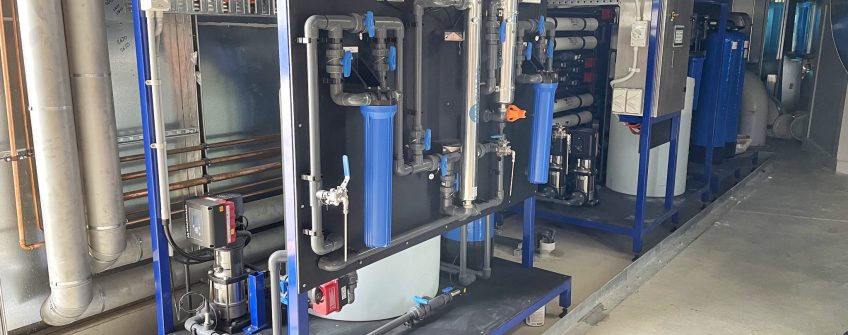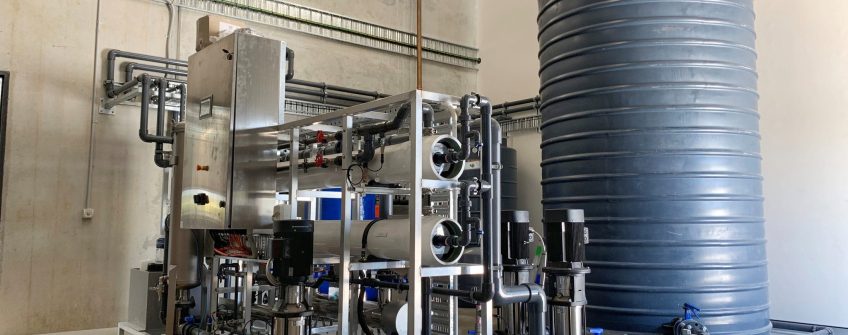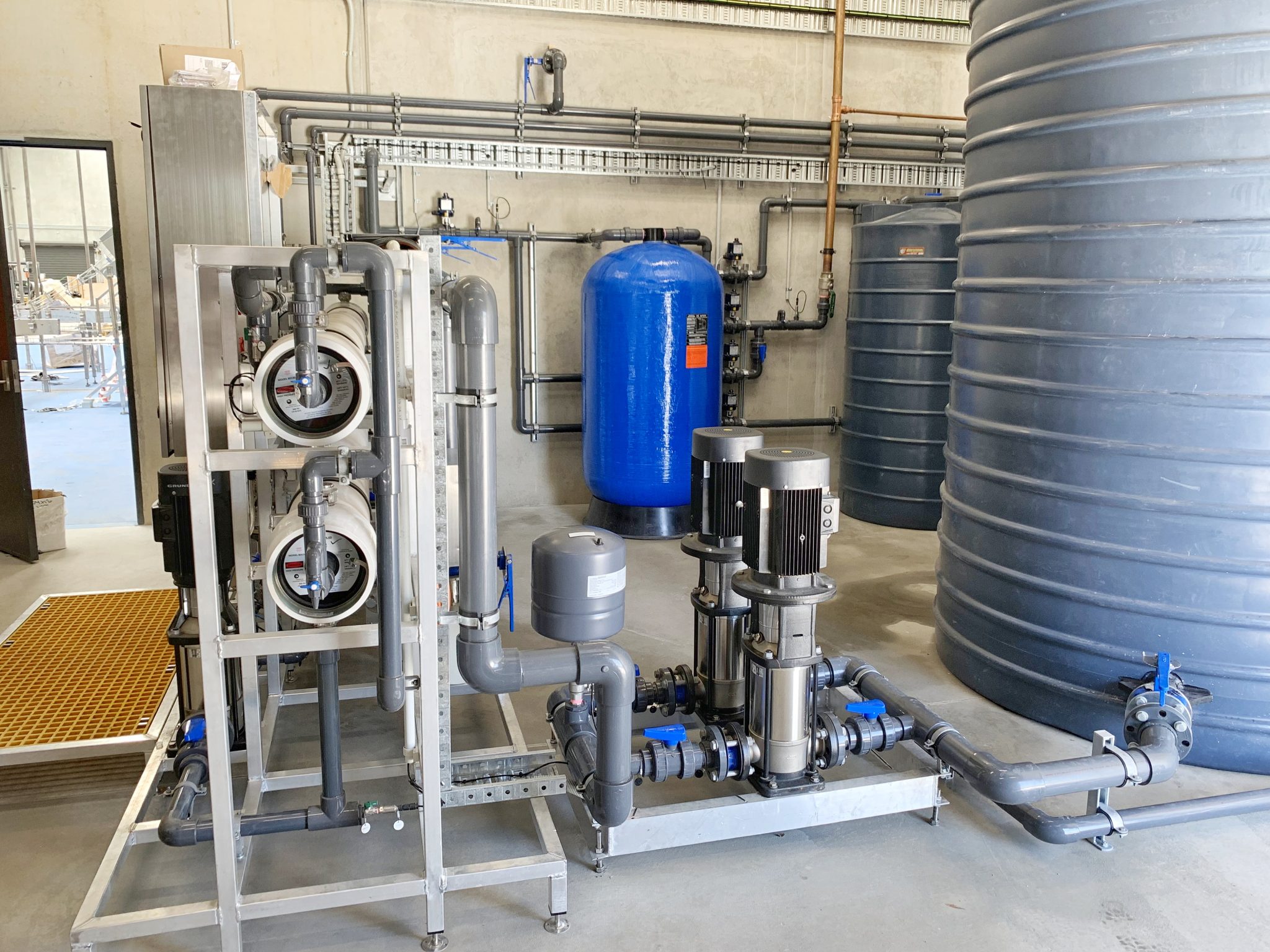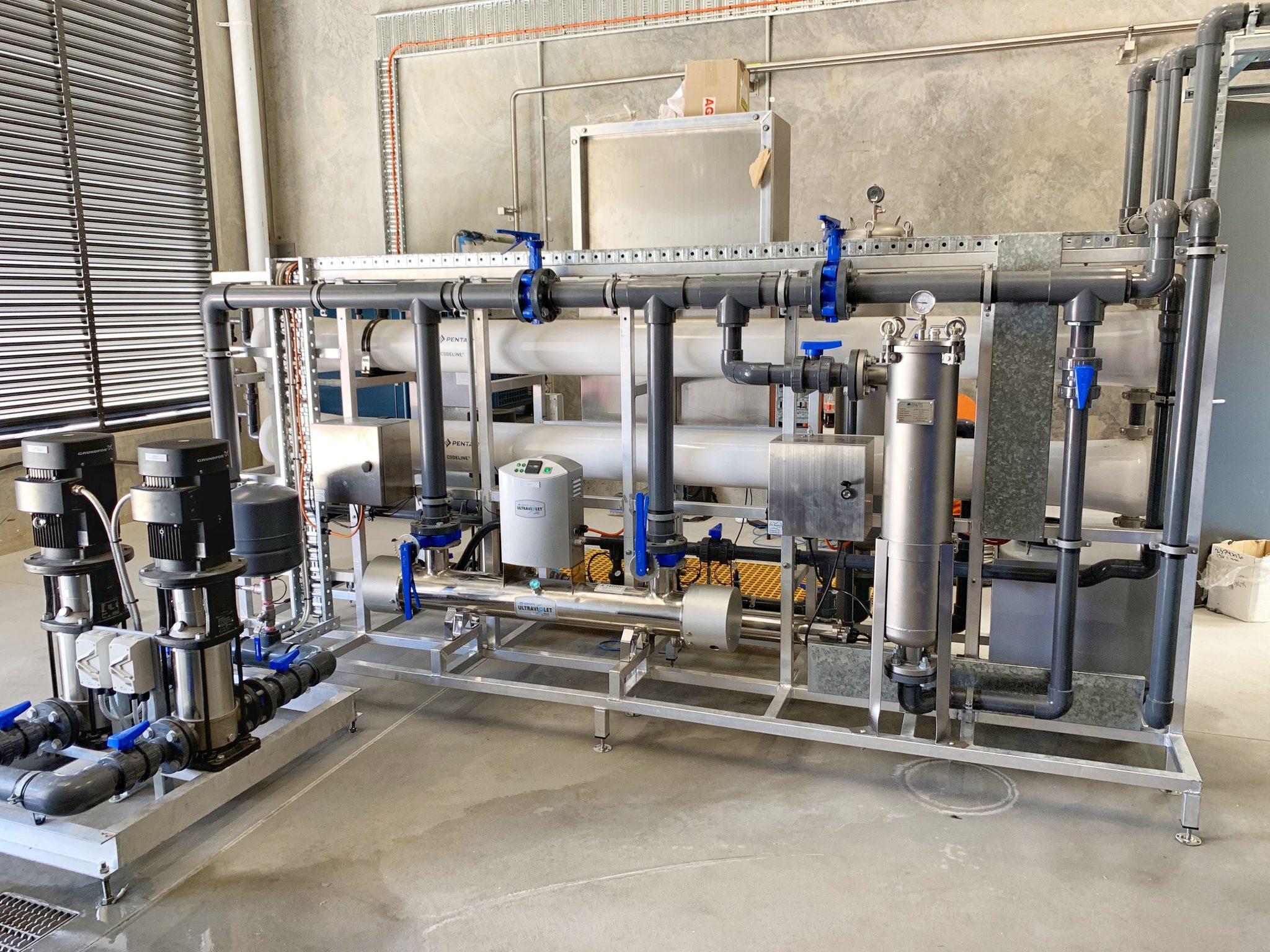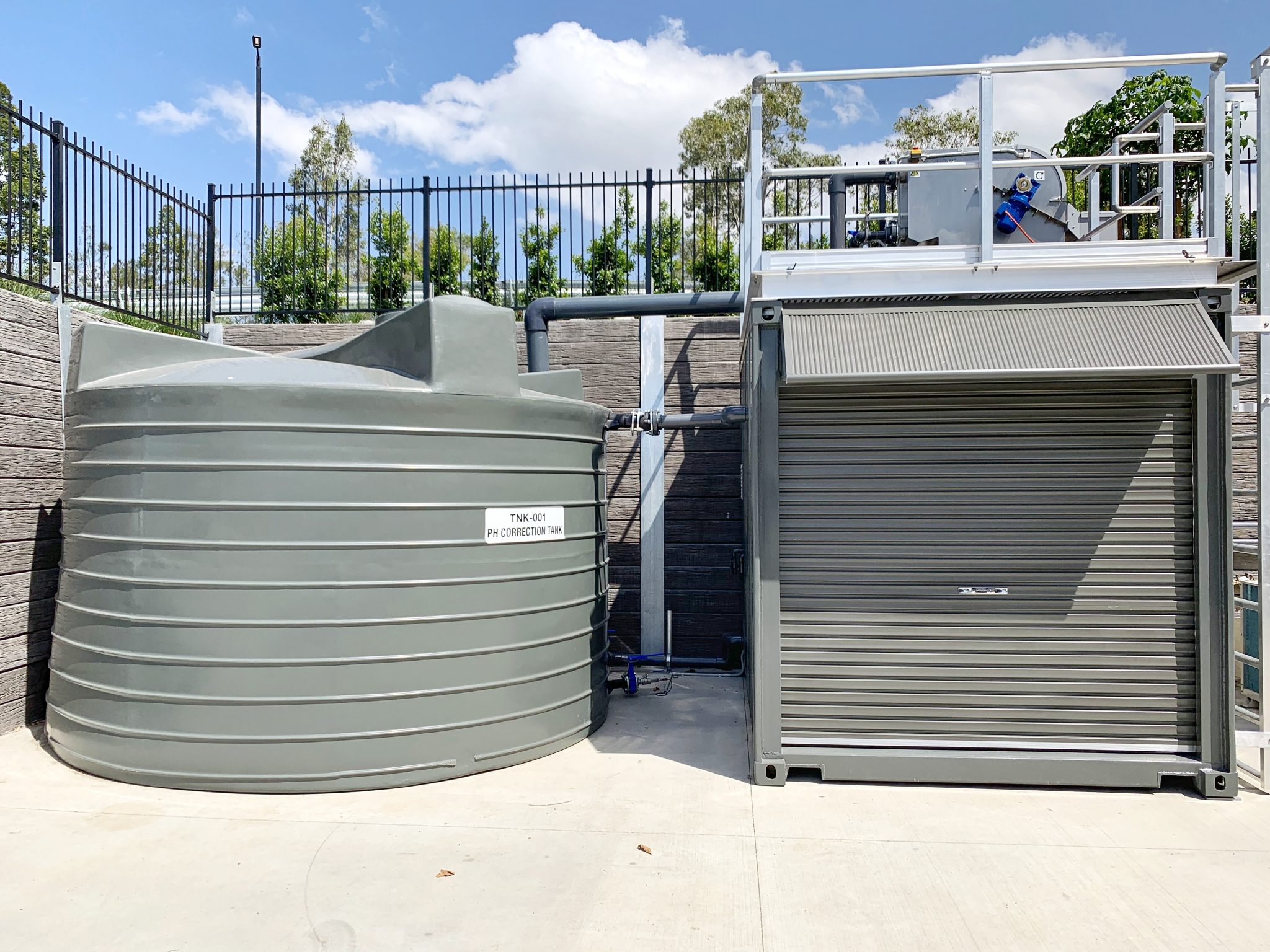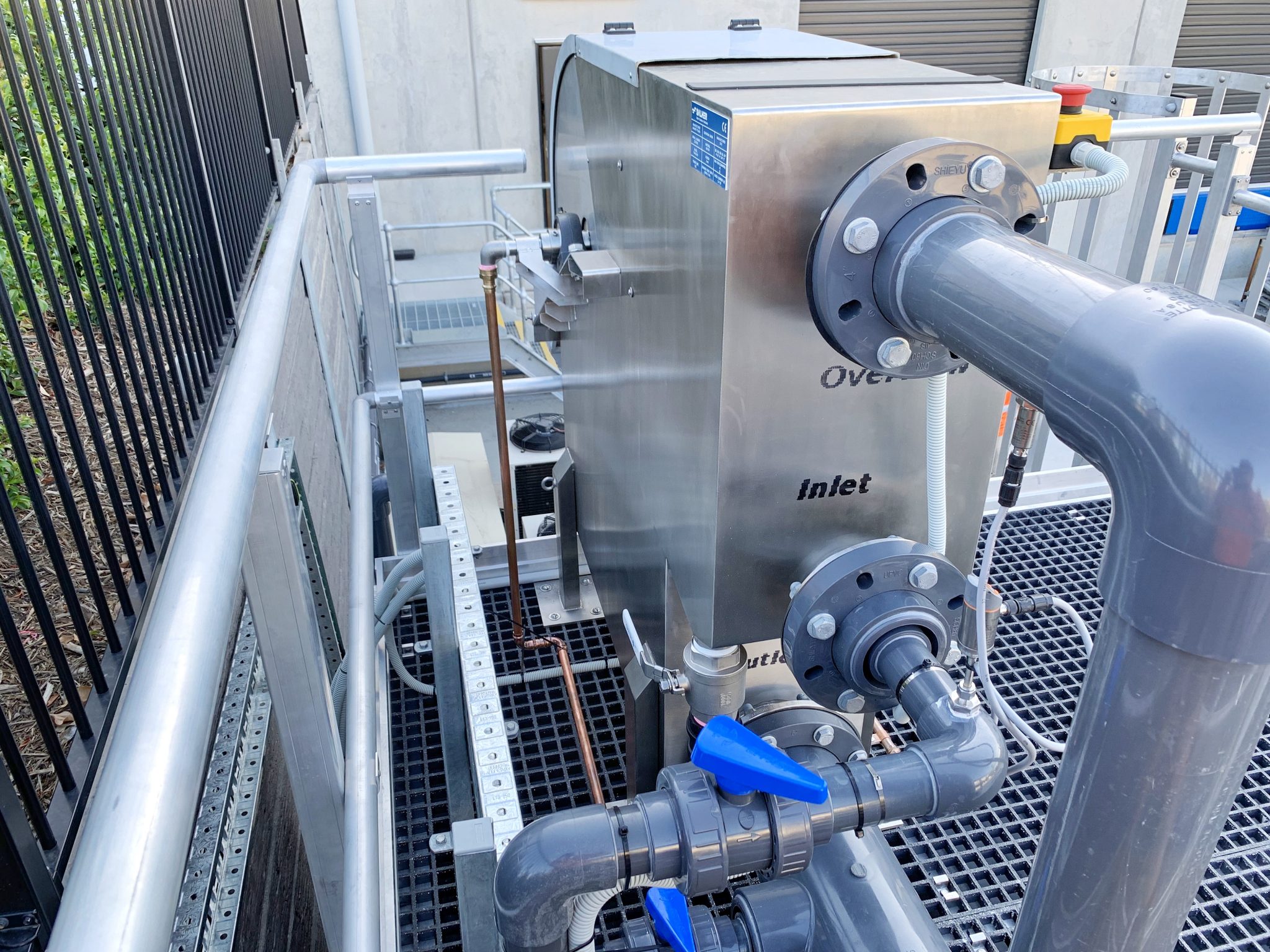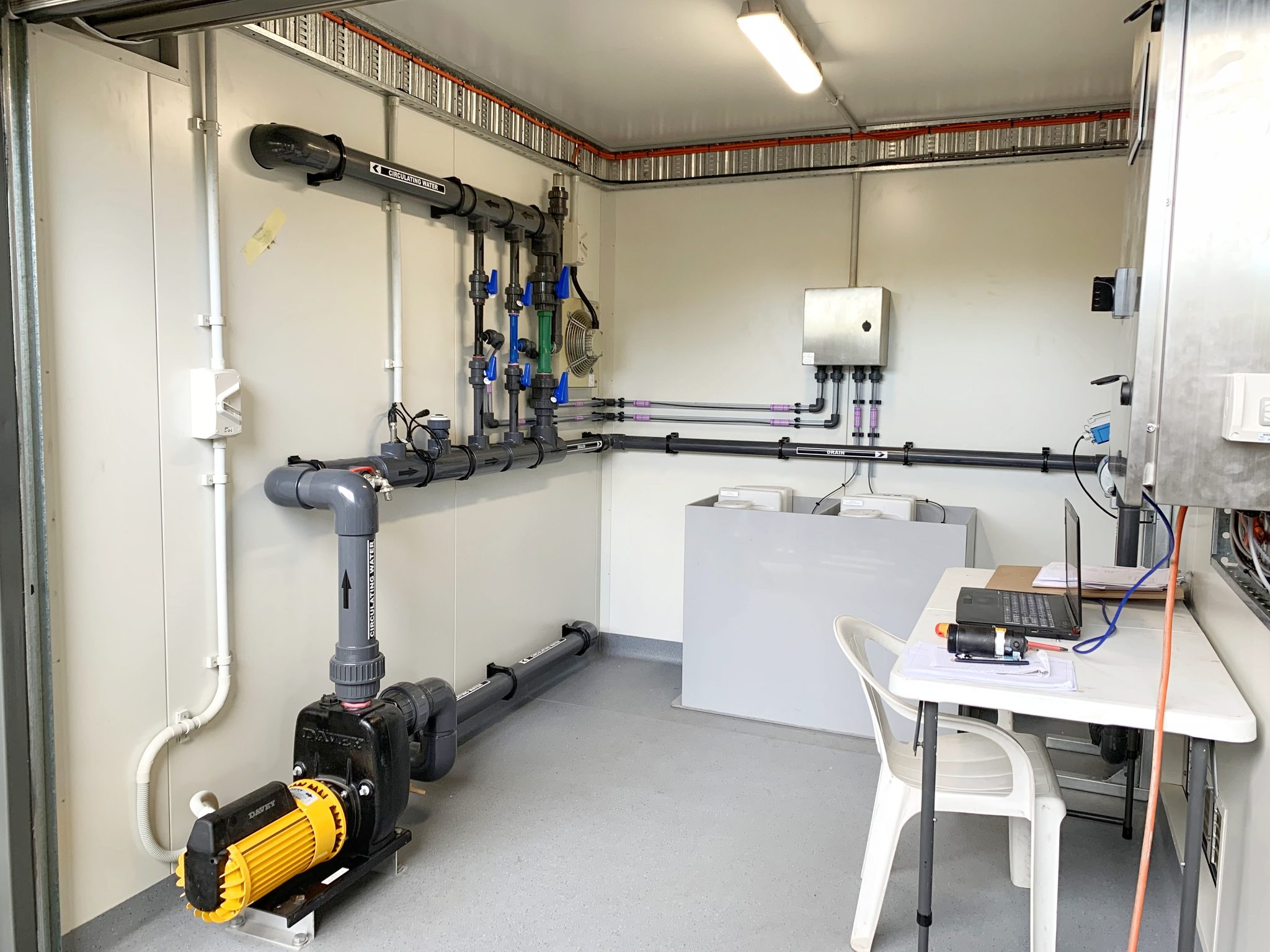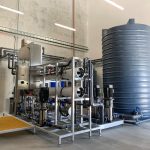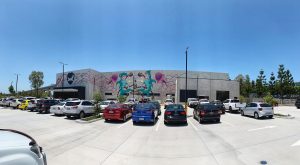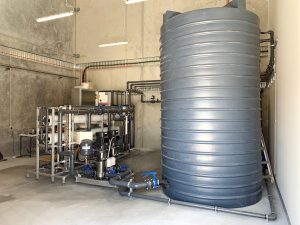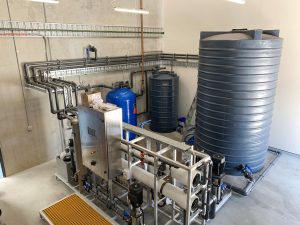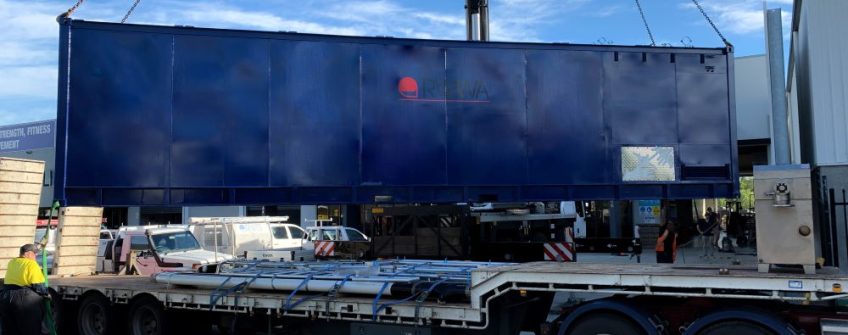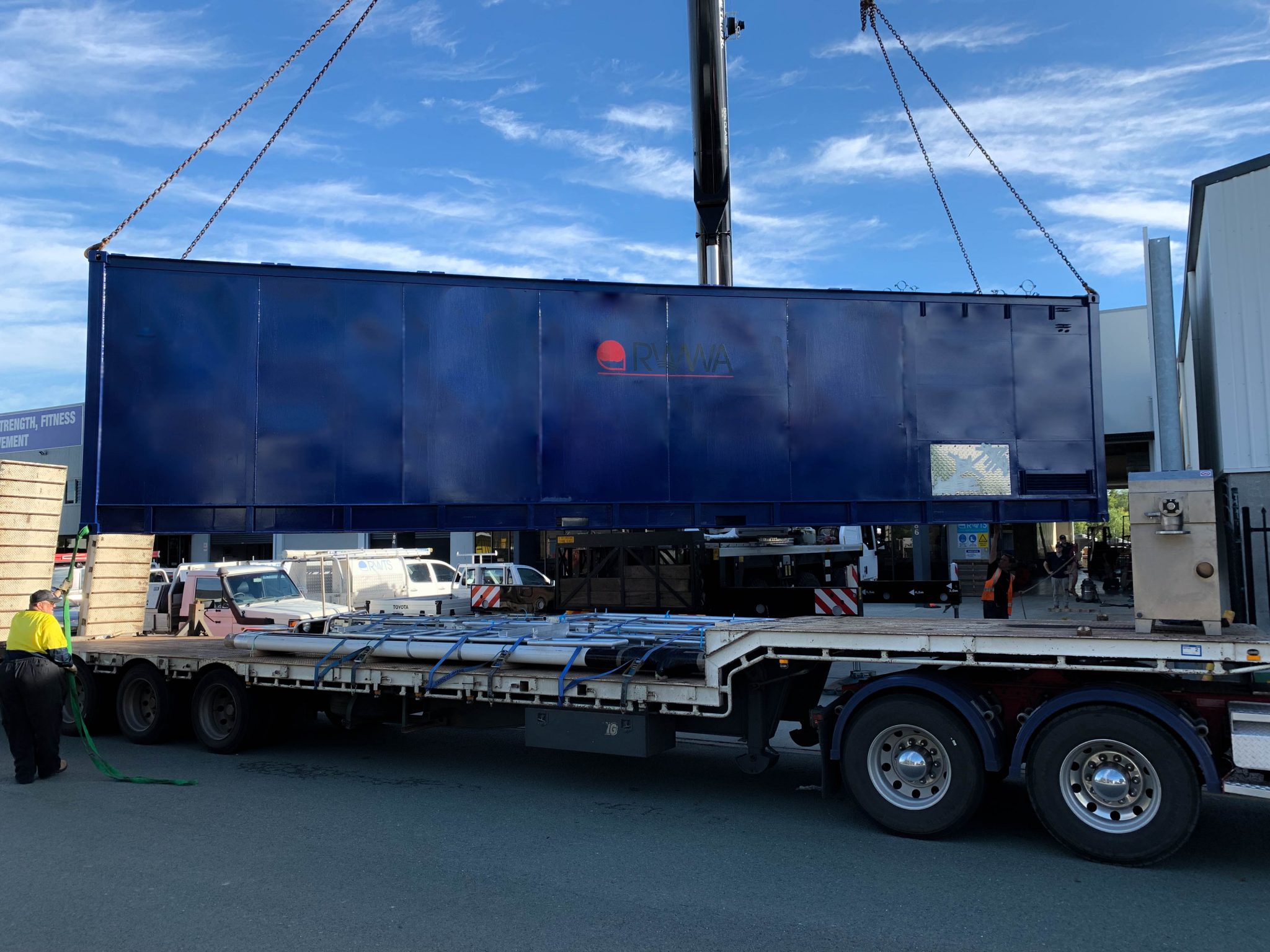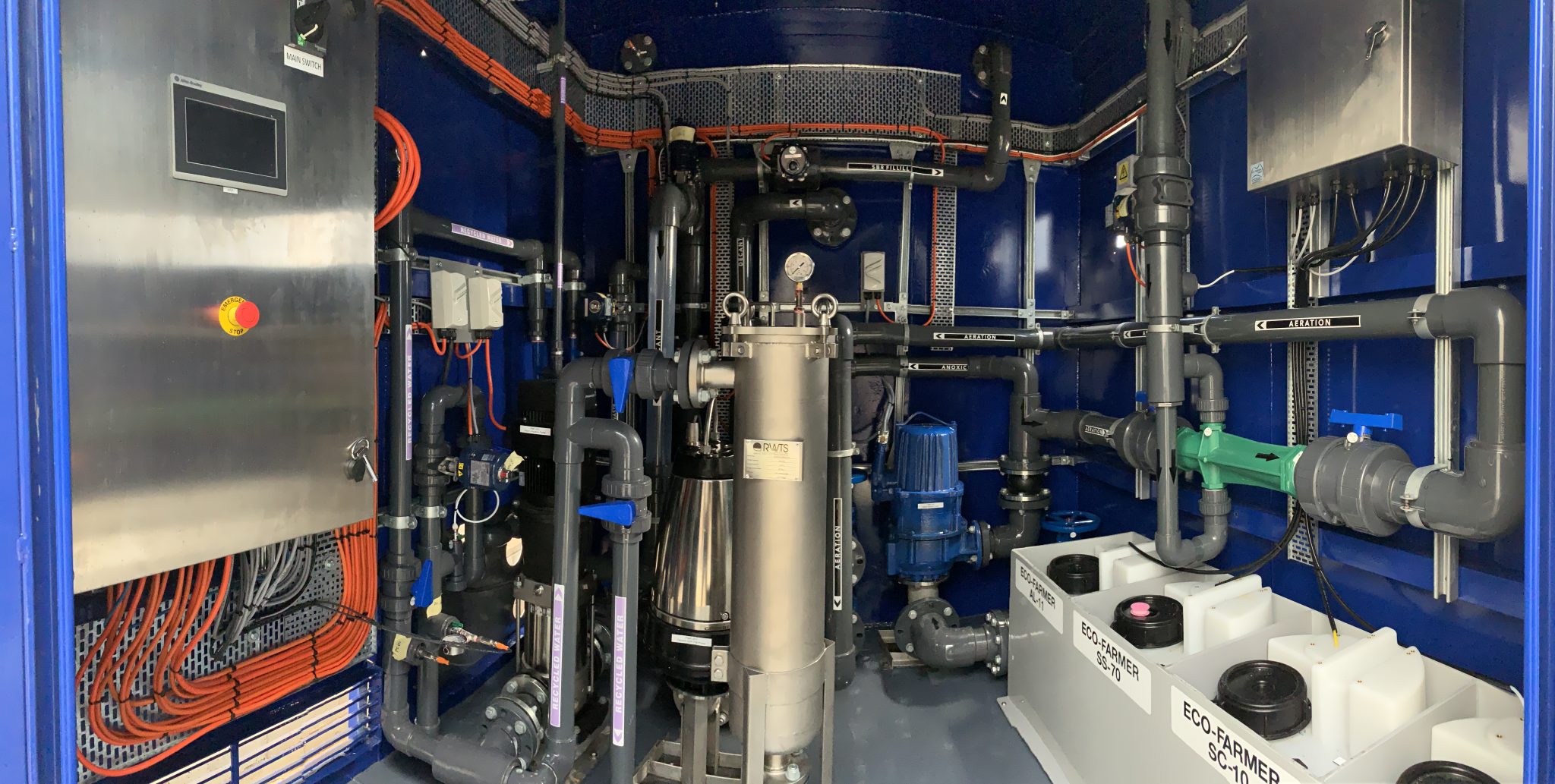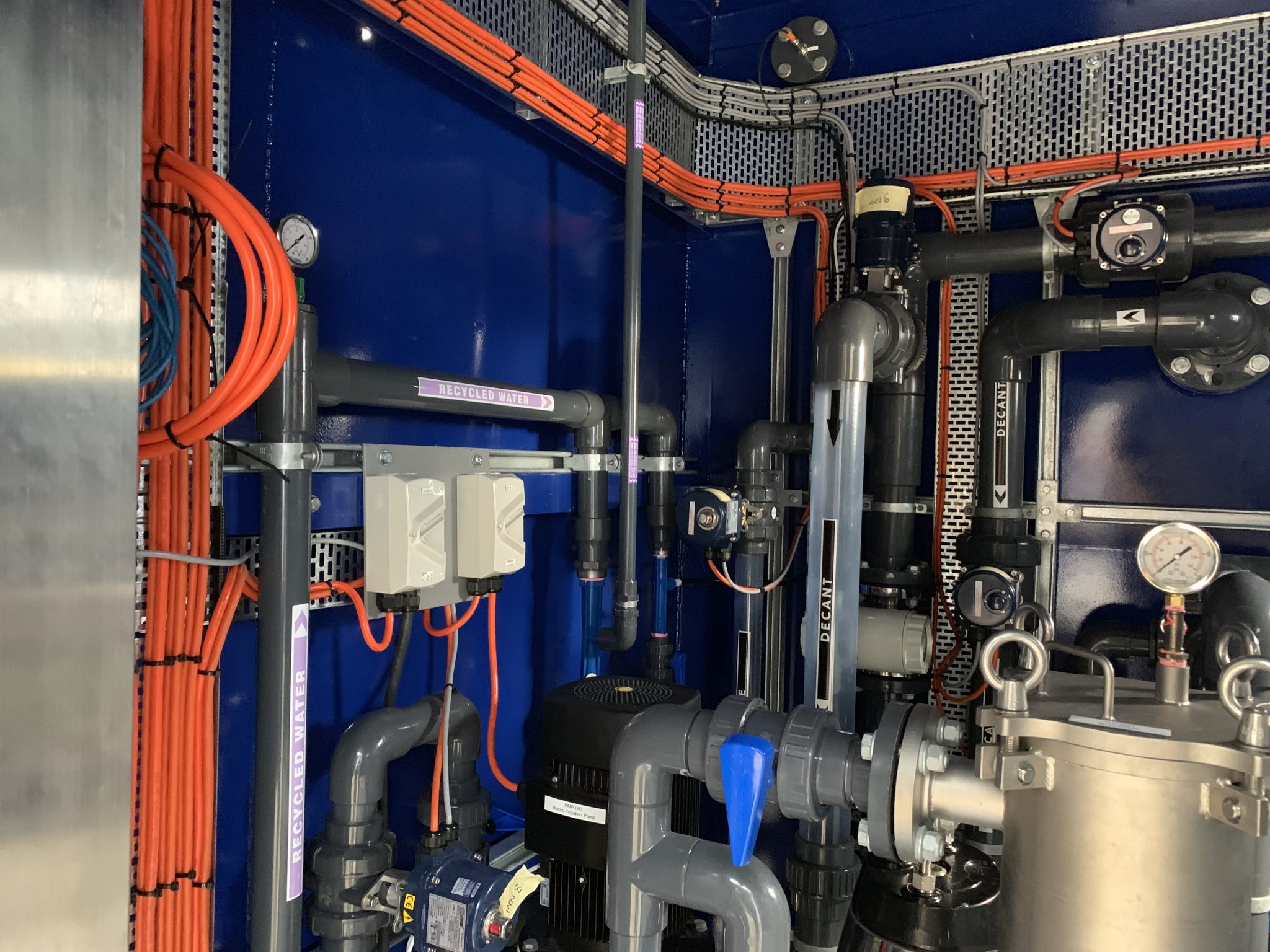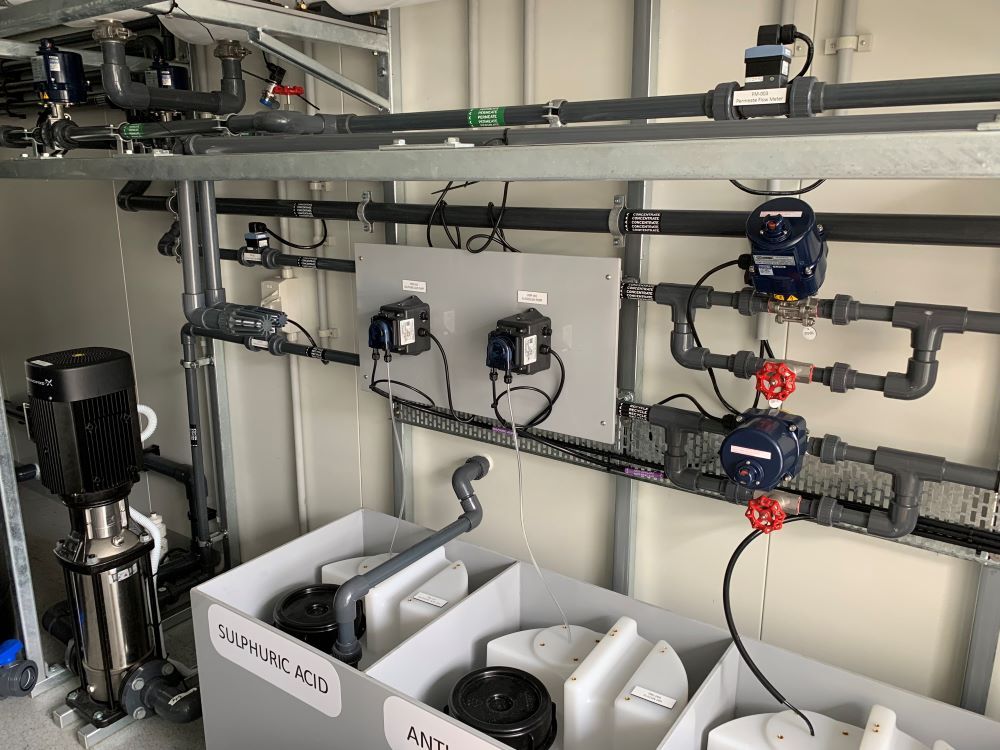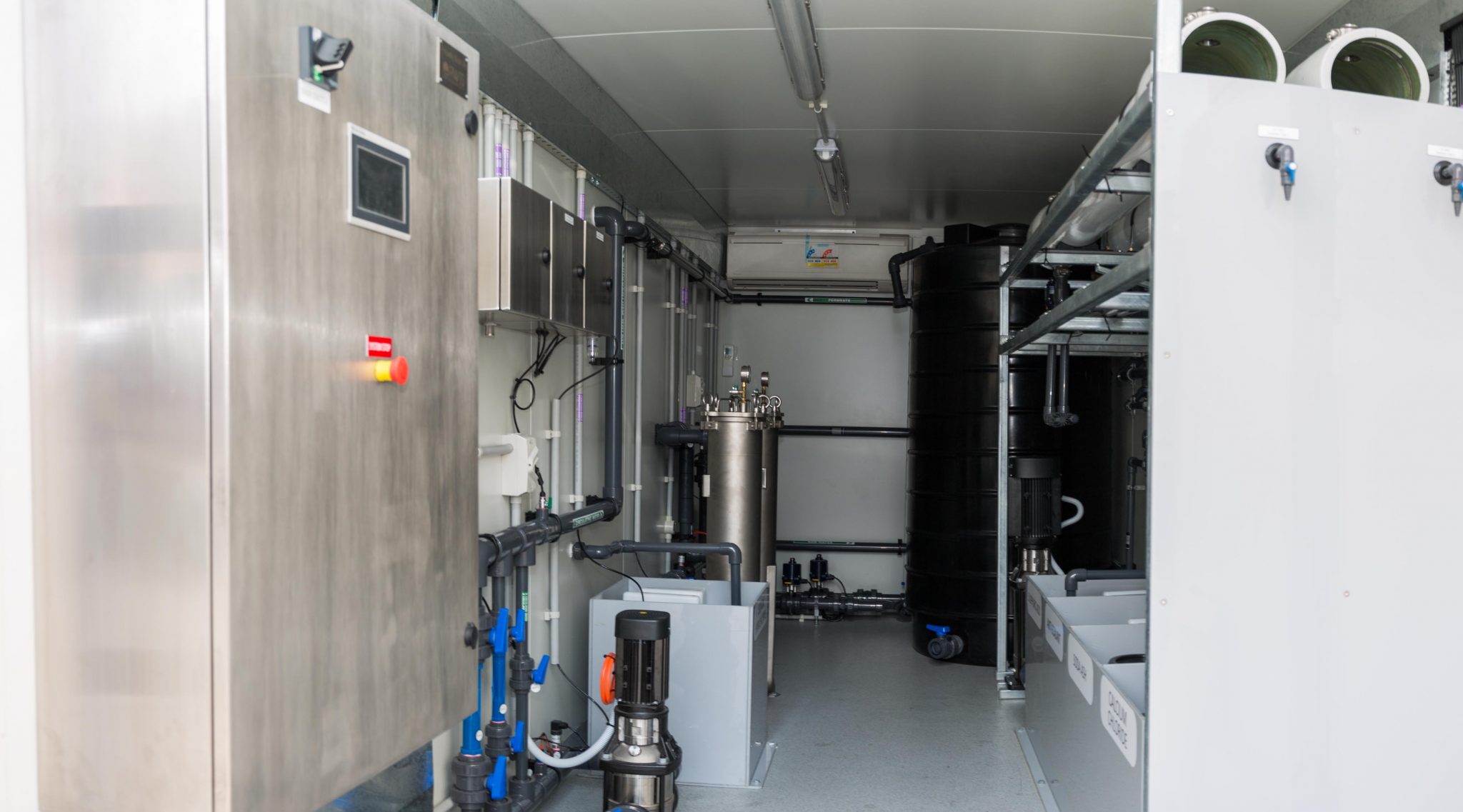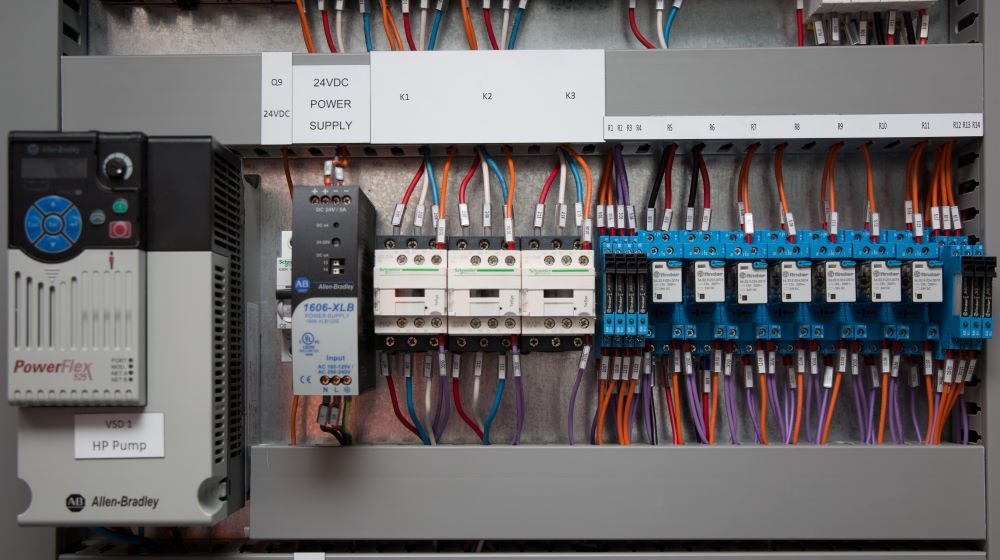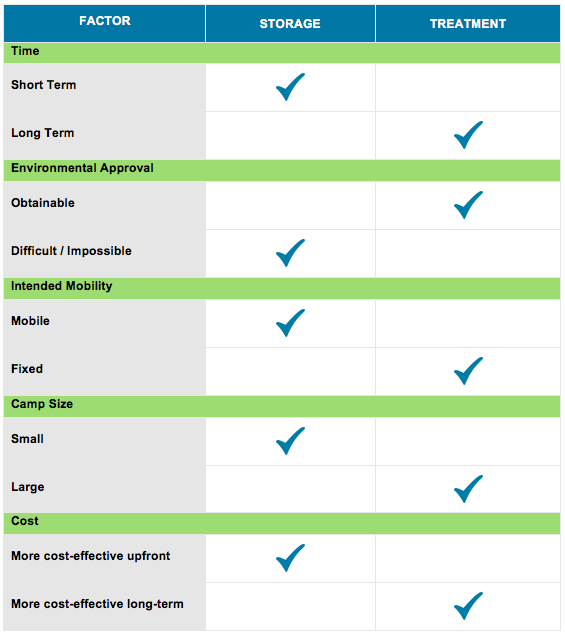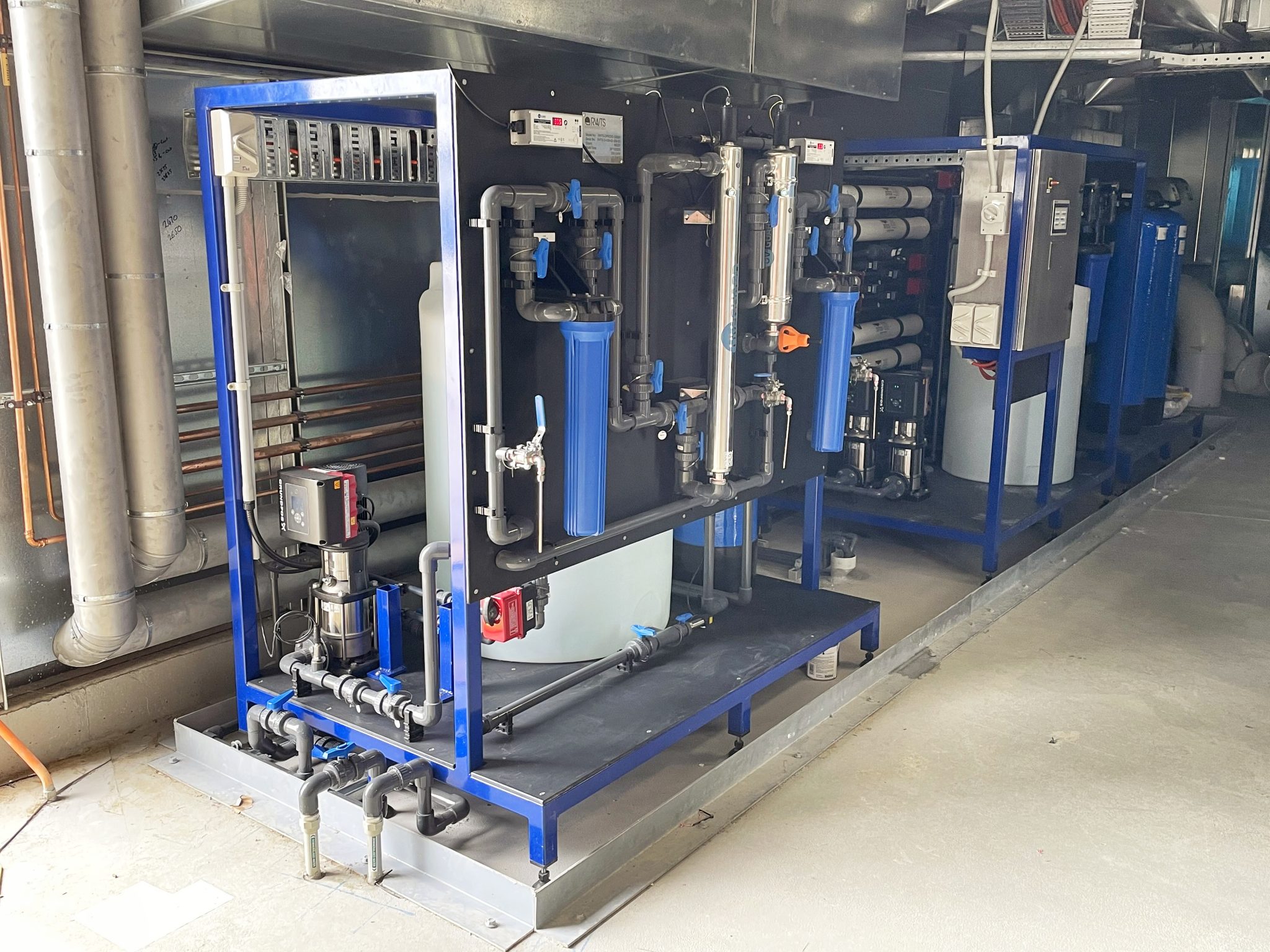
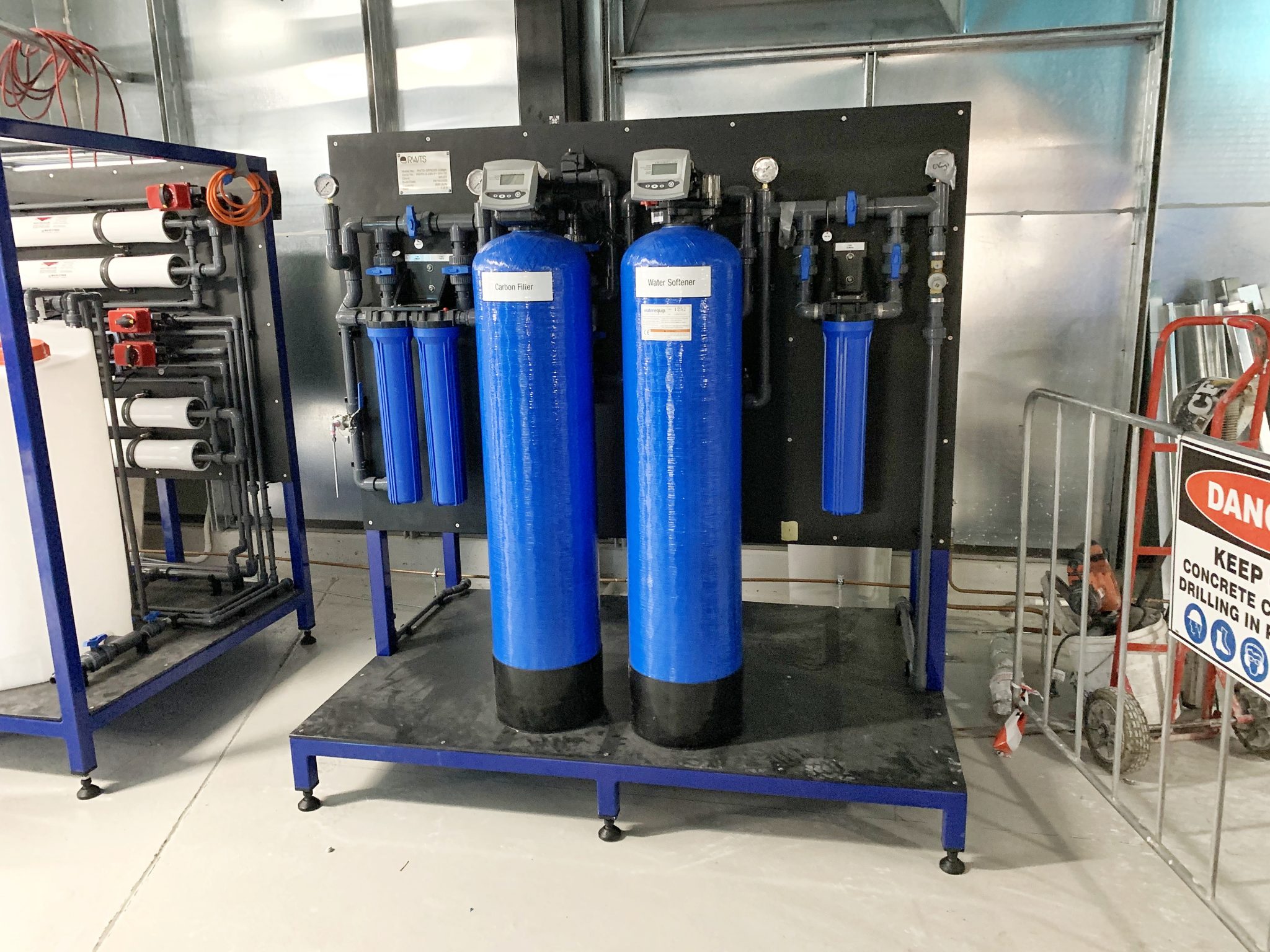
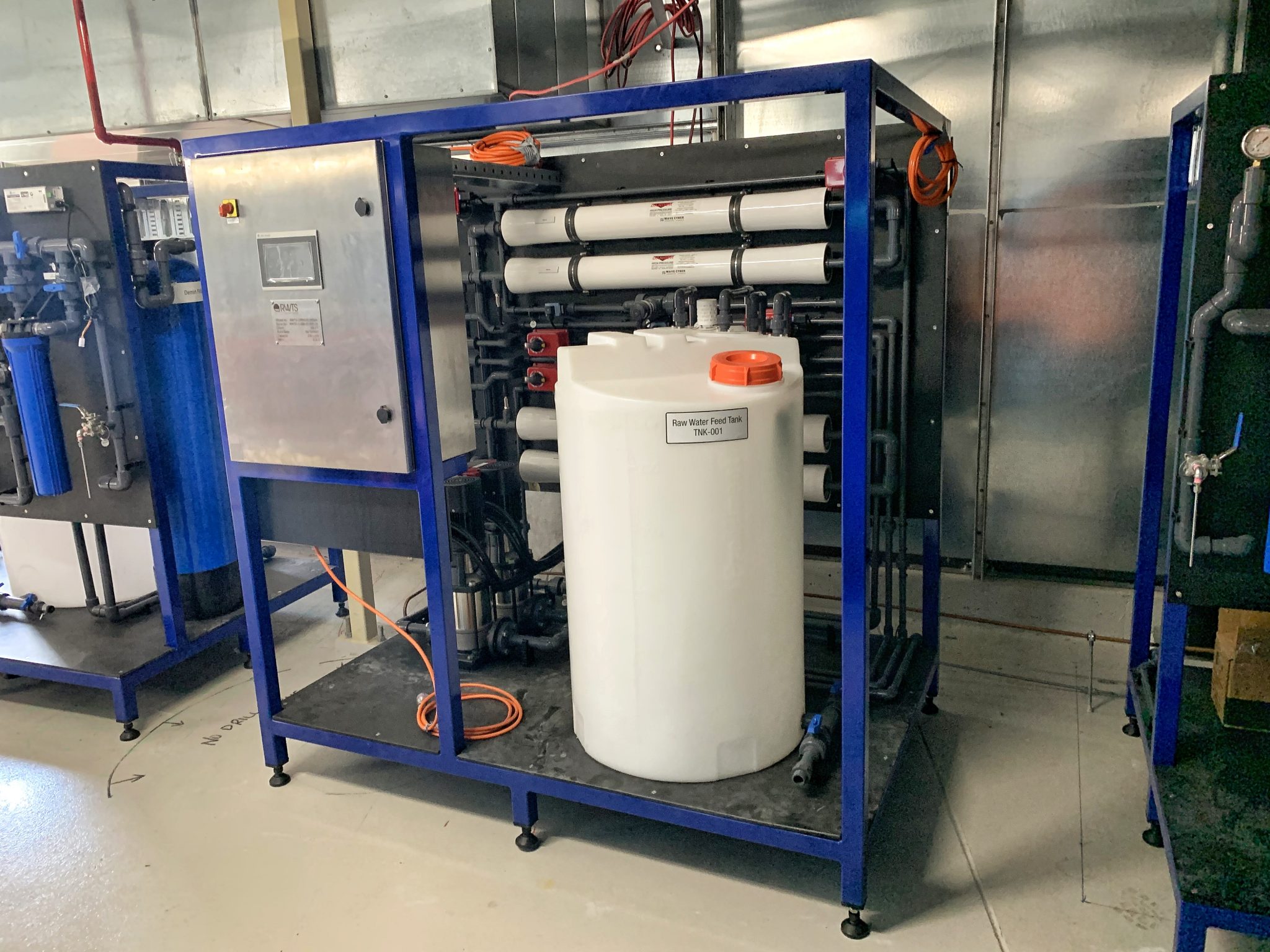
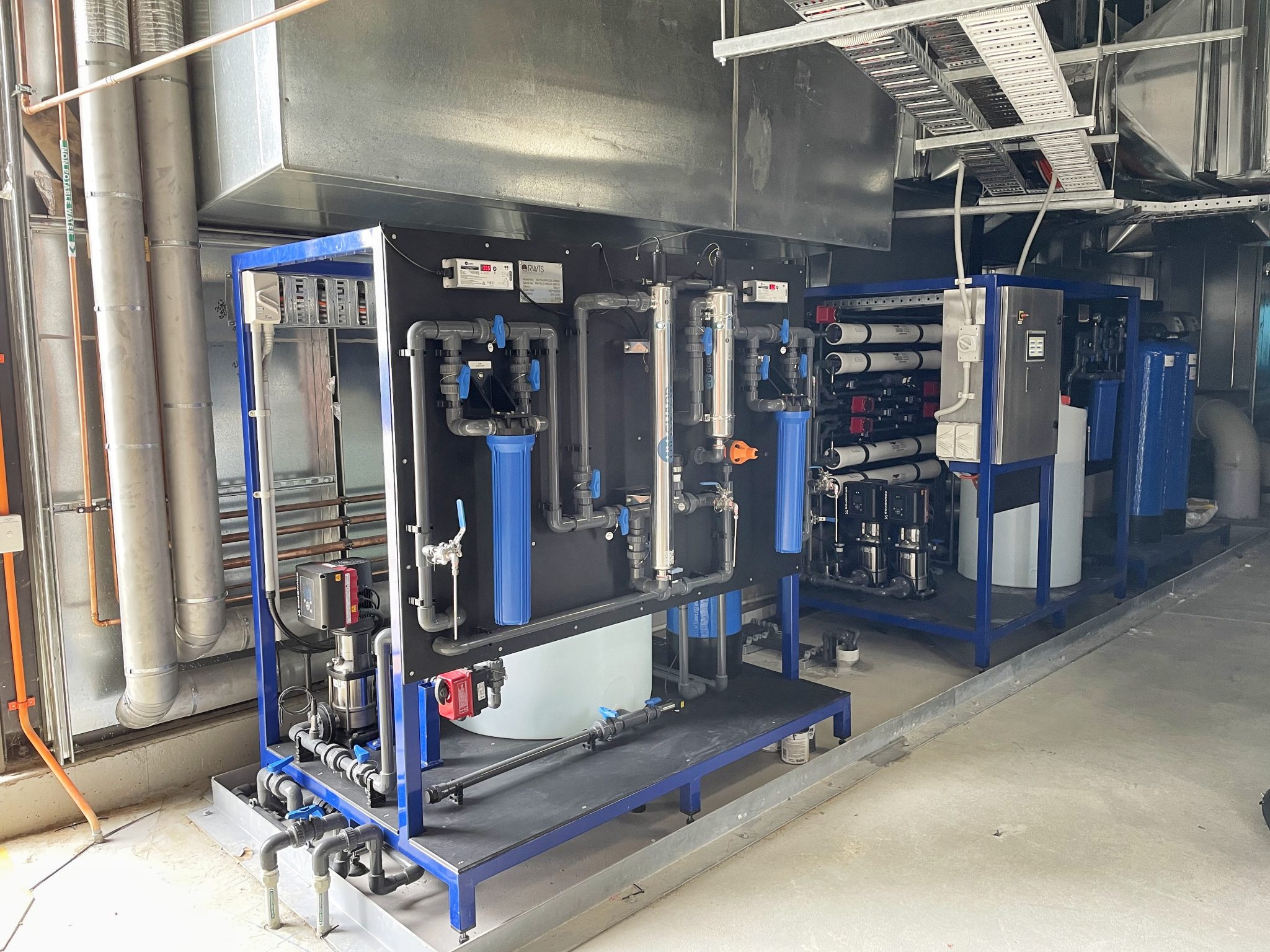
RWTS was successfully awarded a contract at Griffith University to deliver a Reverse Osmosis water treatment system to supply demineralised water to the lab sinks at a nominated flow rate.
Client: Griffith University
Location: Brisbane
Solution: Reverse Osmosis water treatment system
Industry: School
BACKGROUND
Griffith University recently constructed a high end laboratory in their new state of the art ‘Aviation Building’. Griffith University required purified water for cooling, cleaning and sampling and testing requirements, within these laboratories.
RWTS were successfully awarded the contracted portion to supply a suitably design two pass Reverse Osmosis (RO) water treatment system, with prefiltration and loop line disinfection to supply demineralised water to the laboratory sinks at a nominated flow rate.
THE RWTS SOLUTION
REVERSE OSMOSIS WATER TREATMENT SYSTEM

The Griffith University reverse osmosis and demin polishing system uses RO technology to remove dissolved salts from a suitable raw water source.
The system designed and built for Griffith University is configured specifically for slightly variable raw water TDS to accommodate seasonal changes in raw water quality being delivered by Urban Utilities.
The RO water treatment system is designed using a staged approach.
The first stage, “Pre-treatment” removes suspended solids down to 1 micron in size, stripping the total chlorine from the water and removing calcium/magnesium hardness, iron, manganese and aluminium, before the final treated water is fed to the reverse osmosis system for further treatment.
The reverse osmosis water treatment system is a “double pass” system, with the permeate from the first pass sent through a second pass to produce a high quality permeate that is always less than 1 us/cm in quality and typically averages less than 0.5 us/cm.
The last stage of treatment is ultraviolet disinfection combined with mixed bed demineralisation resin, which removes bacteria and trace solutes such as sodium and chloride down to extremely low levels, to produce a treated water quality that is as low as 0.1us/cm in quality.
A water storage tank, a treated water loop delivery pump unit and the required valving and instrumentation completes the delivery of the treated water to the laboratory. In addition multiple outlets are provided a low pressure demineralized water supply at all times by the system.
The Griffith University reverse osmosis system is designed to operate with advanced automatic flux control methodology.
This methodology involves the utilization of automatic modulating valves on the concentrate and recycle streams of the system, flow meters on the concentrate, recycle and permeate streams for flow feedback to the PLC.
The water treatment system automation is controlled through the RWTS proprietary Allen Bradley HMI PLC combined with Bacnet control back to the University BMS system. This system provides accurate and reliable control based on operator adjustable setpoint targets for production and system membrane flux.
Results:
Purified water for cooling, cleaning and sampling and testing requirements within the Griffith University laboratories at a nominated flow rate.
Seamless automation and programming to ensure equipment is easy to operate and maintain, and not fail when the placed under full demand.
NEED AN INNOVATIVE SYSTEM THAT DOES NOT FAIL?
If you are wanting a system that works all day every day with the ability of remote monitoring, please call one of our friendly engineering team today to discuss your water treatment options for your beer brewery.


